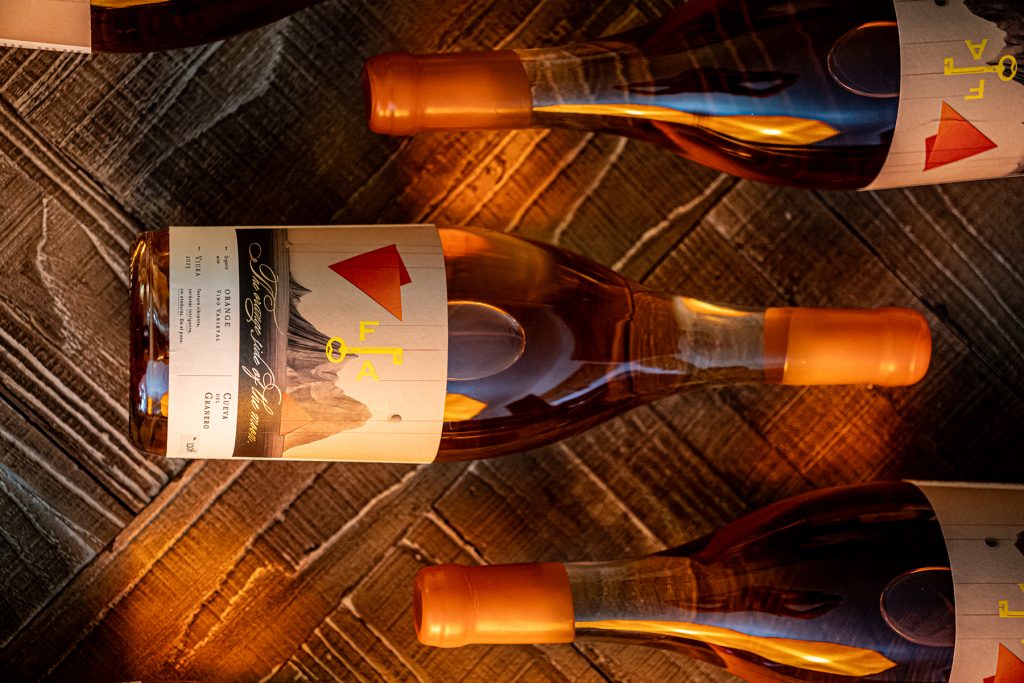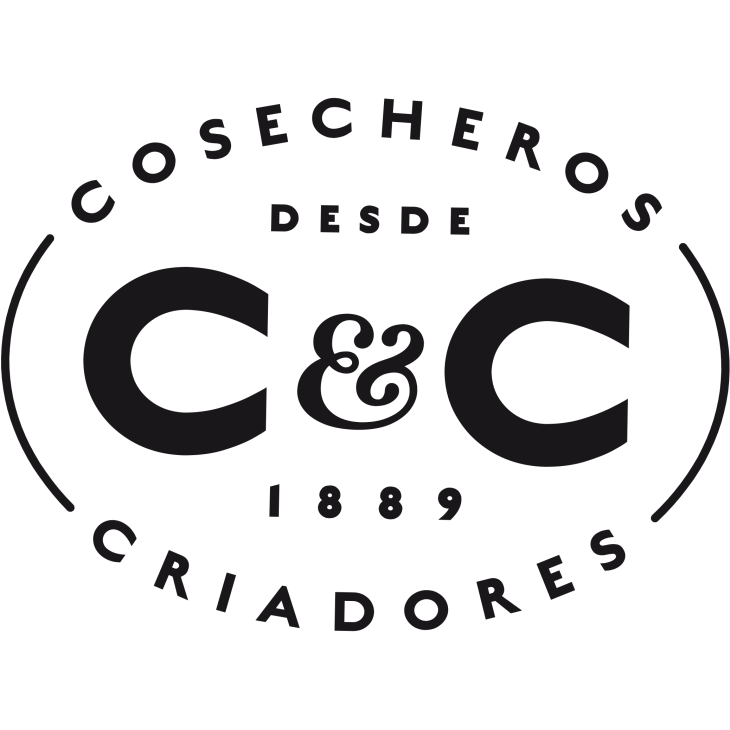It is the fourth color of wine and still, sometimes, a great unknown. It is the Orange Wine or also known as ‘Orange Wine’. Far from what its name may evoke, it is not a wine made with oranges, as is the case of the sweet or dry wines from Huelva, but with white grapes.
This amber-colored wine acquires its color thanks to the maceration of the juice obtained from the skins, pips and stalks. Therefore, its orange color is completely natural since no coloring is used during its production.
When does it arise?
Although many associate it with a recent fad, orange wine has its origins in the dawn of viticulture. To find its roots, one must travel to the Caucasus, specifically to Georgia, where more than 8,000 years ago, winegrowers were already fermenting white grapes in large clay amphorae called qvevri.
These containers, buried underground to maintain the temperature, allowed the must to ferment with its skins for months. Thus were born the first white wines with color, body and an enveloping texture. This ancestral method, now part of UNESCO’s Intangible Cultural Heritage of Humanity, is still alive in Georgia, where amphorae with more than two centuries of history are still used.
The modern revival of orange wine took place at the end of the 20th century in Italy, especially in the Friuli-Venezia Giulia region, thanks to pioneers like Joško Gravner or Stanko Radikon, who rediscovered this ancestral technique after traveling to Georgia. Since then, the orange movement has spread throughout Europe, including Spain, and has even reached the United States, New Zealand and Australia, where numerous producers experiment with this free, natural and honest style.
Varieties and ageing: from ribolla to viura
Although any white grape could be used, the varieties with thick skin and high aromatic content are best suited to this technique. Among the most commonly used are ribolla gialla, pinot gris, friulano, garnacha gris, macabeo, chenin blanc or sauvignon blanc.
As for aging, there is no single path: some producers prefer clay or ceramic amphorae – which respect the purity of the wine – while others opt for wood, steel or even cement. Depending on the maceration time and the type of container, the color can range from a deep golden to a deep amber.
What is the technique used?
Orange wine is born from the technique of vinification by maceration. After the grapes are pressed, the clear juice is left together with the more solid parts of the grapes and the skins. This is how the pulp, seeds and stalks color the wine in a matter of weeks or months, depending on each process.
As it is a maceration wine, it shares some characteristics with red wines, such as intense aromas due to the presence of tannins.
How does it taste?
Defining the flavor of orange wine is not an easy task, because each winemaker imprints his own style. However, they share a number of traits:
- Aromas of ripe fruits, nuts, honey, dried herbs or mild spices.
- Similar body and texture to a light red.
- Tannins are present, providing structure and a slightly bitter finish.
- Freshness and salinity, especially in wines from coastal areas or mineral soils.
Some are reminiscent of oxidized wines from Jerez or certain lees-aged whites, but their personality is unique and enveloping.
How to serve?
Orange wine is perfect to accompany an aperitif and also goes well with meat or fish and blends perfectly with dessert. It has a great versatility. It should be served chilled, although if you want to enhance its complex aromas, the ideal temperature is around 12ºC. Best to avoid serving it too cold so as not to mask its subtle nuances and structure.
Our Orange Wine
Cueva del Granero Orange Wine, our first orange wine, demonstrates Finca Antigua’s commitment to innovation, without losing the essence of its origins.
It has a vibrant texture and intriguing character. It is a white wine made from Viura grapes, which ferments and matures with its skins for 6 months until it acquires its characteristic orange tones.
This wine of exclusive character, and only 4,000 numbered bottles in burgundy format, seduces with its unique color and flavor. It has been fermented in stainless steel tanks with its skins for 30 days and then macerated with them for 6 months.
Orange Wine is not just a trend, Cueva del Granero is an invitation to discover a different profile, perfect for those who are looking for a departure from the conventional without sacrificing quality.
Haven’t tried it yet? You can find it in our online store . Let yourself be surprised by its character and versatility.




